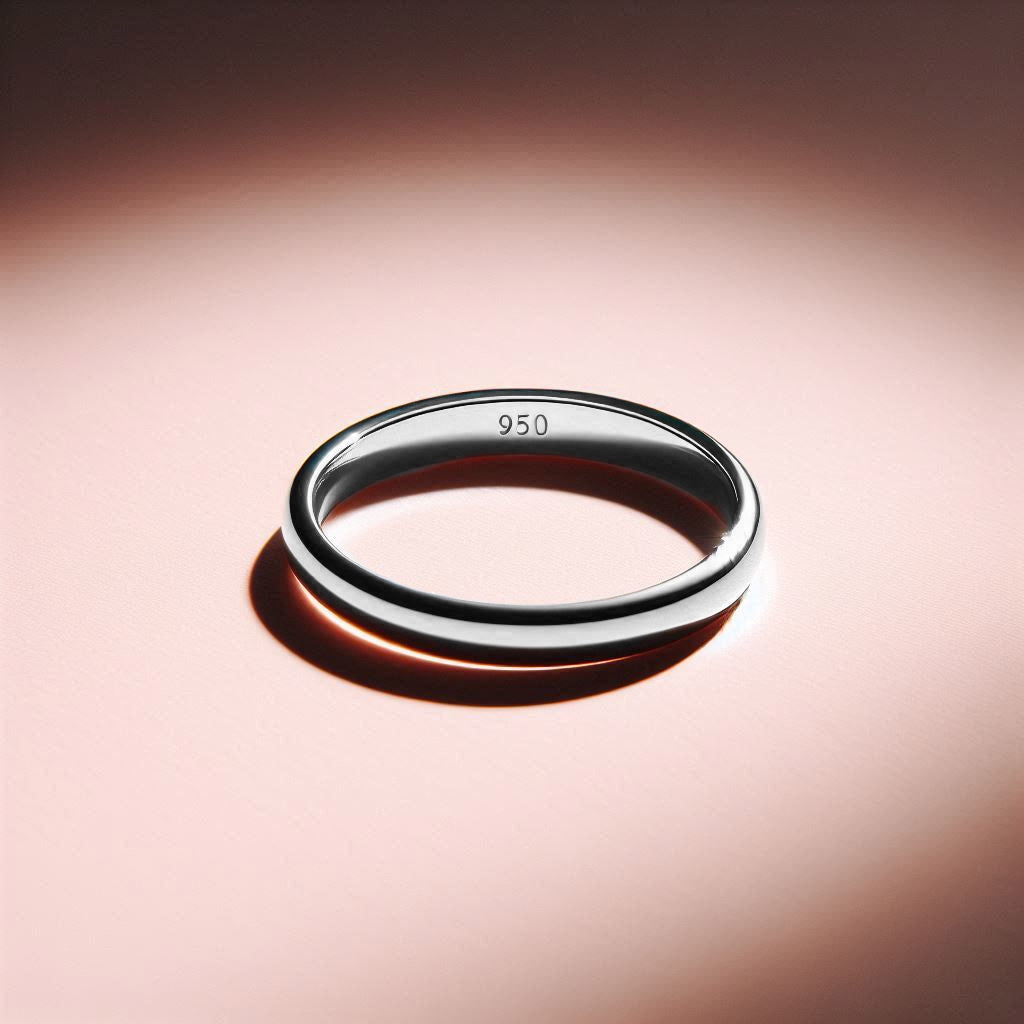White Gold, Platinum, or Silver?

What's the difference between your White Gold, Platinum, and Silver jewellery? Which is the best? Read on to learn about these white metals.
Platinum
Called the “only metal fit for kings,” by King Louis XVI of France, platinum comes with royal approval.
South Africa is the major producer of platinum; this white metal is far rarer than gold.
Platinum is denser and stronger than gold, so it is an excellent choice for engagement and wedding rings. Because platinum is strong and less brittle than gold alloy, platinum prongs are less likely to break so it is ideal for setting diamonds. Some of the world’s most famous gems, like the Hope Diamond, are set in it. It is an excellent choice for delicate design work, makes for sturdy prongs and is hypo-allergenic.
White Gold

White gold is made by alloying (mixing) gold with nickel or palladium, copper and zinc.
During World War II, the U.S. government declared platinum a strategic metal that could not be used for civilian applications. White gold engagement rings became the fashion of choice and still remains popular today.
Beautiful, durable, and long-wearing, white gold is a popular choice for both engagement rings and wedding bands. Rhodium plating will wear away gradually over time, requiring the ring to be replated occasionally.
Silver

First mined around 3000 BCE in Turkey, silver has been used to make jewelry for thousands of years.
